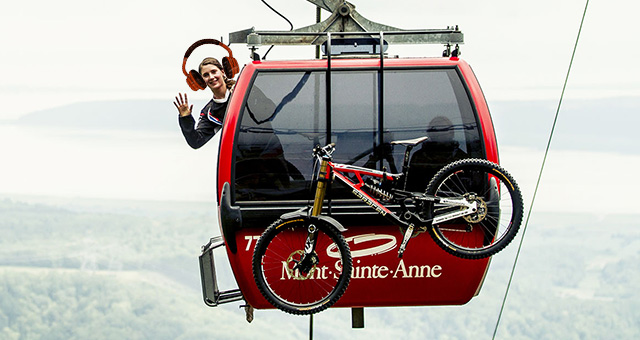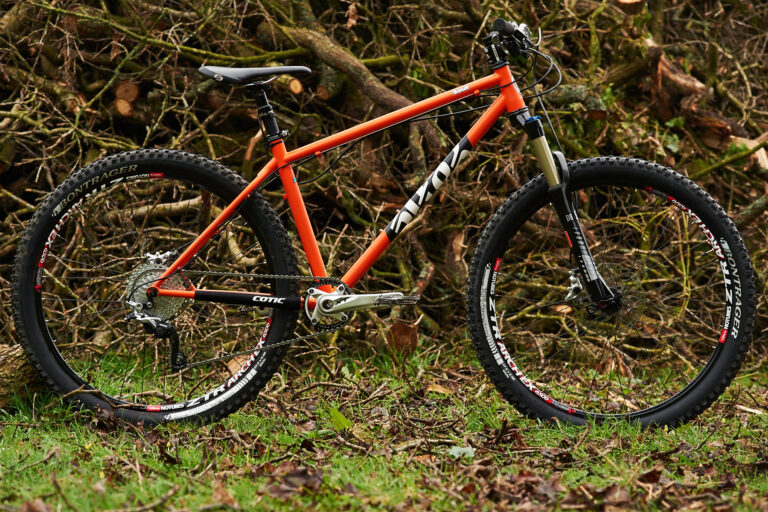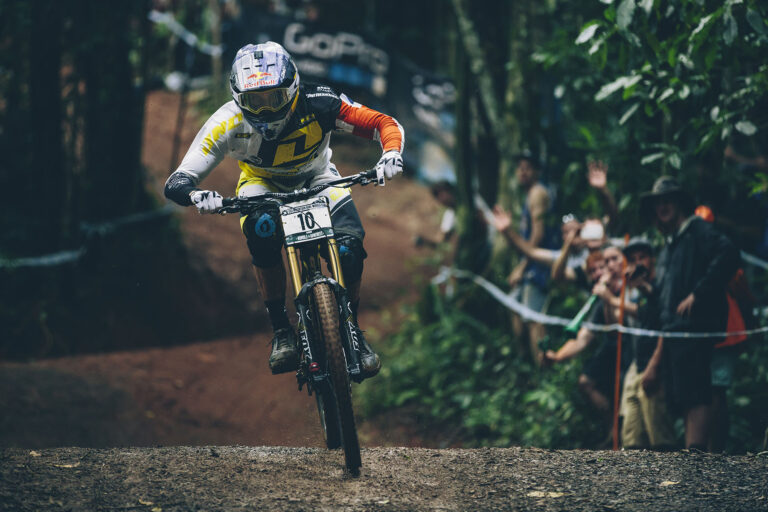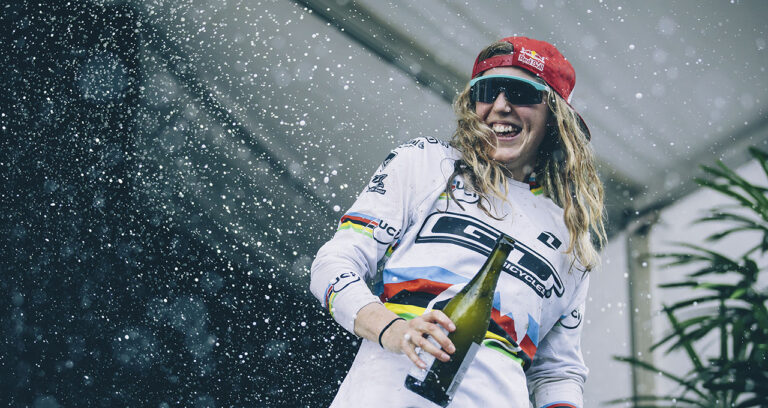This is an open letter to Mountain Biking and in particular the 2014 UCI World Cup Downhill series, which kicks off this week in Pietermaritzburg (PMB) in South Africa.
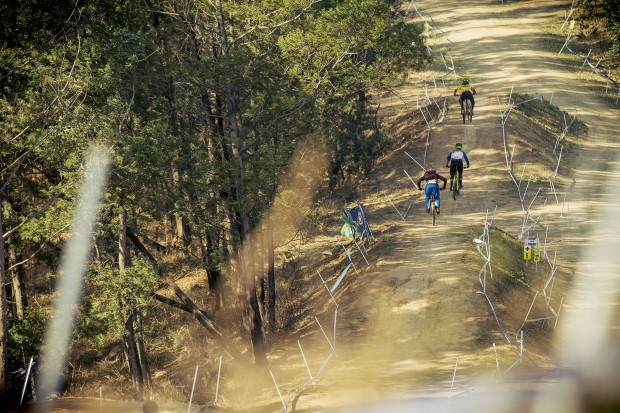
Is this what you picture when you think of a World Cup DH track?
Actually, it’s more just us here at Dirt thinking out loud, the question we pose being this: After Jared Graves incredibly finished on the podium at the 2013 World Championships in PMB, where he was racing on a Yeti ‘trail bike’, riders are likely to be riding all manner of bike at the opening round of the 2014 season. The track being flatter, more demanding physically and far less technically challenging than ‘normal’ race courses causes somewhat of a dilemma for competitors – such as Brendan Fairclough who is likely to be racing on his Scott Genius LT pictured below. PMB’s track offers different challenges to that of a ‘standard’ World Cup and bikes need different characteristics to get the most out of its long pedal-fest mid and lower sections. Is this really where we want downhill to be headed? It’s an old question (seeing as PMB has been on the calendar for a good few years now), but with other race series having calendars that are more representative of ‘true’ downhill, and with the Enduro World Series providing a proving ground for all-round bikes, maybe it’s time for the DH World Cup courses to get properly rowdy?

Brendan Fairclough for one will most likely be racing on his Scott Genius LT at the opening round of the 2014 UCI World Cup, and all racers will be thinking twice about bikes after Mitch Ropelato’s 2nd place on a 29er in the timed session and Jared Graves’ podium finish on a Yeti SB66 in the 2013 PMB World Champs. Right or wrong?
Why is PMB a good thing for downhill?
One argument is that PMB and its flatter-than-usual-Downhill-World-Cups course is a good thing. It brings diversity to the series, it takes downhill racing to a venue and country that otherwise might not host a race, it further pushes the development of downhill bikes into something more versatile and ‘enduro’ bikes into something sturdier. It also has the highest average speed of the season – a slightly mellower gradient allowing riders to fully let off the brakes. If Graves’ Yeti trail/enduro bike can handle the high speeds and huge jumps, and similarly if Greg Minnaar’s Santa Cruz downhill bike can pedal with the best, surely this can only be a good thing? It’ll also develop the ‘skill-set’ of a professional downhill racer to include more on the lines of athleticism – which will make them faster everywhere, won’t it?
Watch our DirtTV ‘PMB Tech’ vid from 2013 to get more insight into the problems posed by this course and the mighty Graves’s reasons for riding a short-travel bike – not necessarily as you may think.
Why is PMB bad for downhill?
Brendan Fairclough – whose riding style pretty much defines ‘downhill’ and everything that makes it great (in our minds, and we suspect that most Dirt fans will agree) – thinks that the “good tracks are going out,” as he puts it in the video below. For him, and to be honest probably in the view of the majority of racers, PMB is not a good representation of what downhill should be like. With big downhill bikes riders are capable of taking on burly terrain, able to show off a side of cycling that many people in the public could never even conceive being possible, so for that matter it could be seen as a mistake the sport ever being taken away from big, steep hillsides and into more ‘convenient’ locations. Surely we don’t literally have to take mountain biking to the masses, as ever-improving live footage and endless amounts of coverage from teams and media will take each and every race to every armchair fan anyway – wherever they may be in the world.
Brendan isn’t exactly enthused about the future of downhill racing, or its tracks at least. Is he right to be a tad downbeat or are the “bike park” venues simply going to further develop the sport, provide more permanent facilities and grow the industry?
The question – answers below please
So is PMB the ultimate example of ‘taking the sport to the masses’ gone wrong, or is it a shining example of how our sport, its bikes and athletes are adaptable to any terrain, any location? That is the point of the ‘all terrain’ mountain bike after all, isn’t it? Sure, the track doesn’t suit the skills of a ‘traditional’ Downhill Punk, but perhaps that means our sport will develop more fully as a professional pursuit? It’s an open question and we know how we feel about it (check out the 2014 IXS Downhill Cup venues for a dream calendar), so let us know what you think below.



